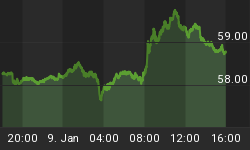It has been my long expectation that the Federal Reserve would uplift a sagging financial system by way of injecting more liquidly into our economic bloodstream.
On Thursday September 13th, Fed Chairman Ben Bernanke announced Quantitative Easing 3, initiating the purchase of 40 billion dollars in mortgage backed securities per month on an open-ended basis.
A mechanical breakdown of this style of Keynesian economics is quite intricate, so I will explain only one chapter as it relates to our current fiscal model of growth.
Essentially by keeping rates at suppressed levels, homeowners are provided with the incentive to refinance their existing mortgage rate. A lower rate will in turn cause you to pay a lesser amount per month on your mortgage.
This money that you save will in theory be used to spend on products and services offered by the very companies that create jobs in this country.
But as you know, any company with the purpose to accumulate generational wealth must be equipped with expanding profit margins and increasing revenue streams over long durations of time. This criterion is only possible when consumer demand is present.
The problem is that our current demographics do not quite support this natural cycle of demand. The baby boom era still remains a large part of our population, and many of them are either living on a fixed income or exiting the work force. Plus you throw in the fact the rate of inflation is not keeping pace with their pay checks and you have a recipe for disaster.
So companies that benefit from the short-term effects of monetary easing are only profitable by an economically self defeating model that artificially compromises the absence of real demand.
Therefore you will always have pockets of society that get left out, causing the poor to get poorer and the rich to become richer. This development creates an even greater separation of socioeconomic classes over time.















